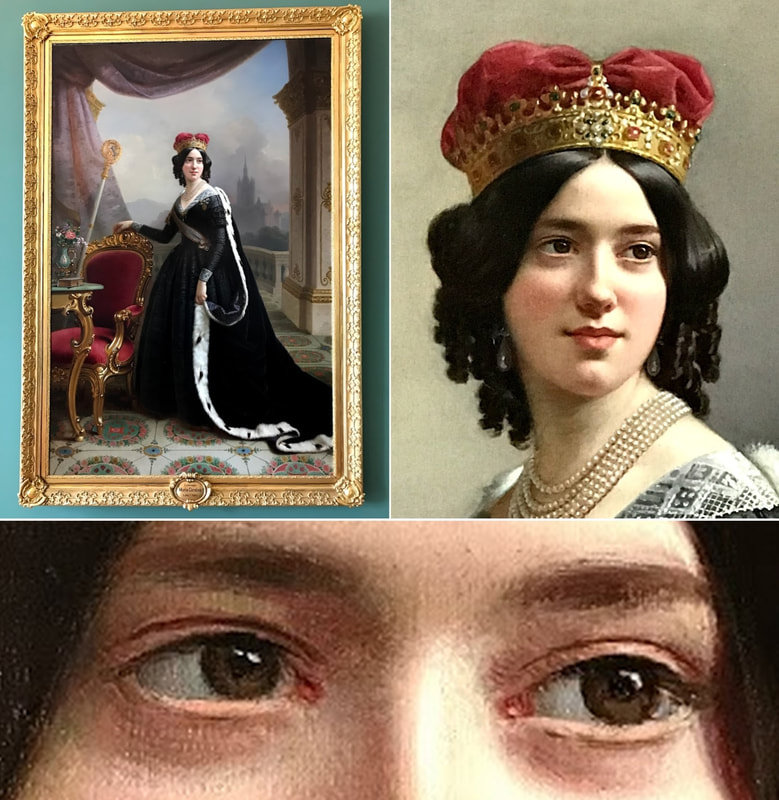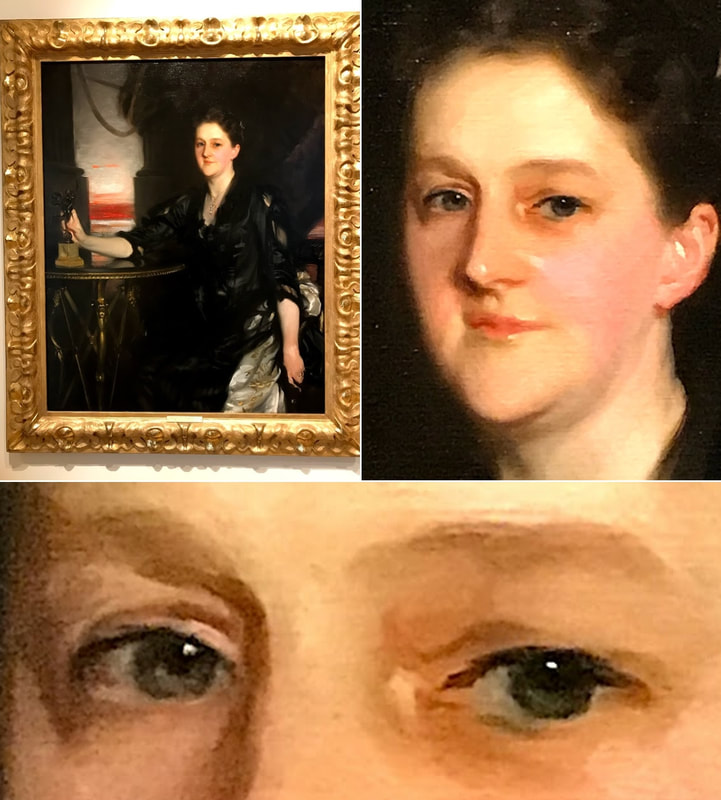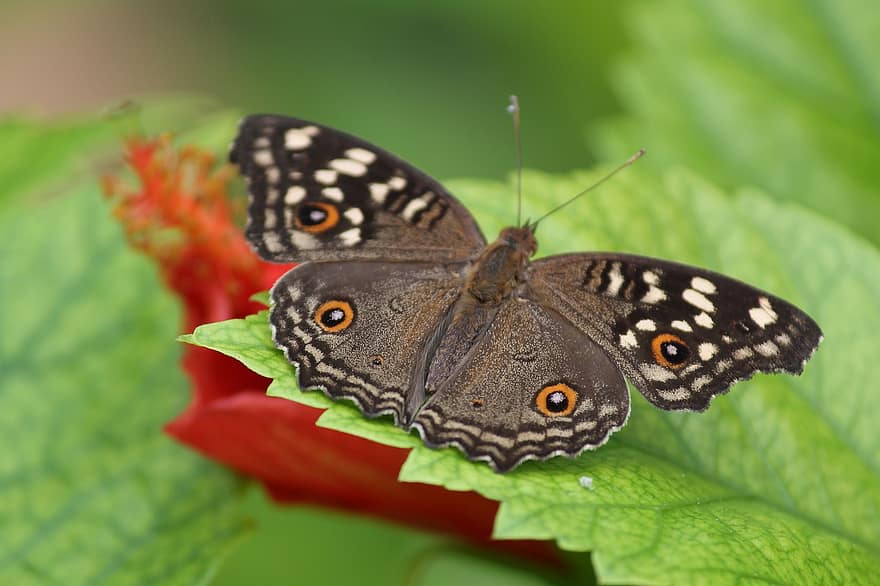|
Most people are familiar with bubbles. Bubbles are a thin film of a liquid containing a volume of gas. But have you heard of anti-bubbles? Anti-bubbles are the opposite: a thin film of gas containing a volume of liquid. Dianna Cowern (Physics Girl), creates some anti-bubbles and explains what they are in the video below. At the beginning of her video while performing the classic milk and food coloring experiment, Dianna created some liquid drops that did not coalesce (merge) with the liquid on top of which they moving. This is a different physical phenomenon from anti-bubbles which Destin from SmarterEveryDay calls “walking water”. Destin investigates walking water in the video below with the help of Don Pettit, a chemical engineer and NASA astronaut. Although I think his video was awesome, the explanation that the droplets don’t merge because they are resting on a layer of air has been challenged by a competing hypothesis.
0 Comments
Most people are familiar with three states of matter: solid, liquid, and gas. However, scientists recognize a fourth state of matter called “plasma” (not to be confused with the liquid portion of the blood, which is also called “plasma”). To understand what plasma is, imagine a gas. It is made up of atoms that contain the normal complement of protons and electrons. Therefore the components of the gas are neutral, which means that they don’t have an electric charge. Plasma on the other hand is a gas made up of atoms that have been stripped of some of all of their electrons giving them a charge, and this alters the properties of the gas dramatically. Unlike regular gases, plasma can conduct electricity and be affected by magnetic fields. Natural examples of plasma are lightning, the northern lights (aurora borealis), and the material that makes up the sun and the stars, while human-made examples of plasma are fluorescent light bulbs or neon signs. In the video below, Derek Muller, of the YouTube channel Veritasium, describes the generation of plasma using grapes and a microwave oven, and provides the most up to date scientific explanation of how it happens. Have you ever wondered why the wheels of cars are round? Why can’t they be other shape, say a square? In the video below, the folks of MythBusters take a truck with square wheels for a ride, which proves to be quite bumpy! The reflection of light by the eyes is considered by many painters to be an important detail that can make or break the whole painting in terms of making it look lifelike, and such reflection has been depicted by various painters over the years in many shapes and locations on the pupil and iris of the eyes of the individuals they painted. Below is a sampler that I have put together from my collection of photographs. Painting of Russian Princess Anna Alexandrovna Galitzin by Elisabeth Louise Vigee Le Brun (c. 1797). Baltimore Arts Museum, Baltimore, U.S.A. Painting of Eunice Brown Fitch, wife of American businessman Timothy Fitch, by Joseph Blackburn (1760). Peabody Essex Museum in Salem, Massachusetts, U.S.A. Painting of Archduchess Maria Karoline of Austria when she was Princess-Abbess of the Theresian Royal and Imperial Ladies Chapter of the Castle of Prague from 1844 to 1852 (painter unknown). Rosenberg Palace, Prague Castle, Prague, Czech Republic. Painting of American art collector and Amateur photographer Sarah Lawrence Brooks by John Singer Sargent (1890). The Peabody Essex Museum in Salem, Massachusetts. U.S.A. But the importance of depicting the reflection of light by the eyes goes beyond art. For some living things it can be a matter of life and death. Many butterflies, moths, and caterpillars have evolved eye spots on their wings or bodies that imitate eyes to deter predators, and these eye patterns also have spots that mimic that twinkle in the eyes! Butterfly image from pikist is free for use under a public domain license. All other photographs are property of the author and can only be used with permission. |
Details
Categories
All
Archives
June 2024
|





 RSS Feed
RSS Feed